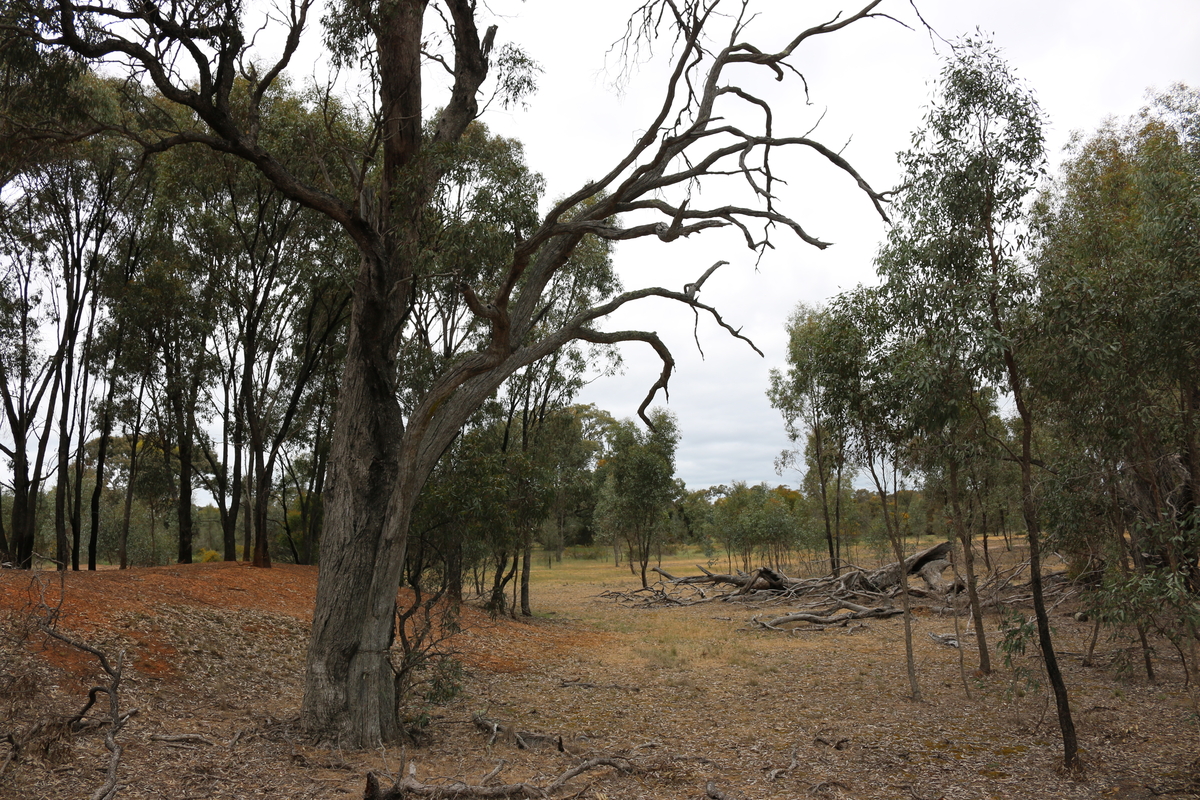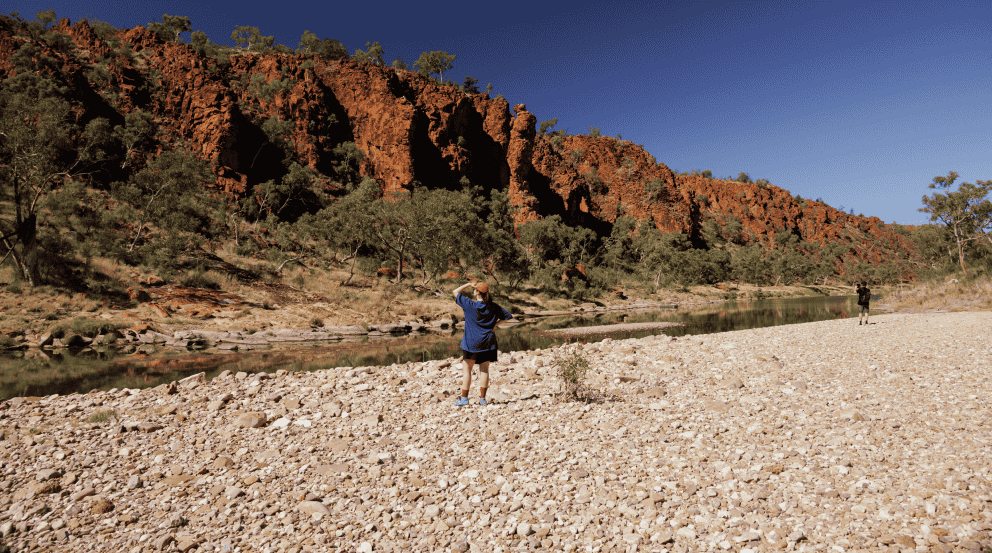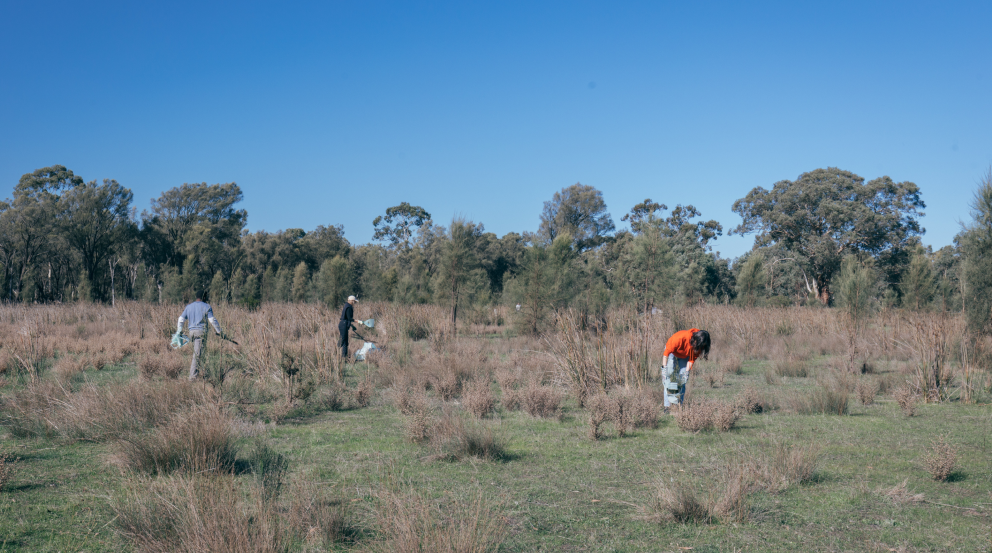As a Bank Australia customer, you are helping grow the clean money movement and protecting a 2117-hectare conservation reserve.
Since 2008 we have been the only bank internationally to steward a conservation reserve. We utilise the power of banking to contribute to a healthier planet.
The Four properties located in Western Victoria, Minimay, Ozenkadnook , Booroopki and Salvana are just outside Horsham. Through conservation covenants with Trust for Nature, this land is safeguarded from any form of development, ensuring its protection forever.
Within the conservation reserve, a rich tapestry of biodiversity thrives. A total of 225 native plant species and 234 native animal species call this sanctuary their home. We work alongside our partners Greening Australia, Trust for Nature, and the Barengi Gadjin Land Council, the Traditional Custodians of the land.
Over March and April our partners at Greening Australia and Nature Glenelg Trust have been busy undertaking pitfall trapping surveys. Recent surveys have unearthed species including the Painted Dragon, Common Scaly-Foot, and the Western Pygmy Possum.
Painted Dragon (Ctenophorus pictus)
.jpeg)
The Painted Dragon lives in dry, sandy Mallee grasslands and shrublands. Males are typically more brightly coloured than the females but both experience high colour variation across their distribution so they can camouflage with their local environment. During the day they feed on ants and insects and sun bake in open areas to absorb the sun’s rays and generate the energy to metabolise their food. At night they return to their burrows beneath shrubs and bushes.
Common Scaly-Foot (Pygopus lepidopodus)
.jpeg)
The Common Scaly-Foot is a legless lizard found across southern Australia and is one of the largest species of legless lizard in Australia. Although it looks like a snake and can display similar ‘rearing’ behaviour, the Common Scaly-Foot is harmless. This species can be found in grasslands and shrublands and feeds on invertebrates like spiders and sometimes other lizards.
Western Pygmy Possum (Cercartetus concinnus)
.jpeg)
This little possum weighing just 8 grams is a Western Pygmy Possum. This species feed on nectar, pollen and insects in heathy mallee vegetation with banksia and grevillea plant species. Being small has its advantages and they can move around to find food by climbing along grass stems and small branches before returning to their nest in a tree hollow. When food is scarce, they can enter a deep sleep period known as ‘torpor’. The detection of Western Pygmy Possum indicates the availability of tree hollow(s) for nesting which are becoming increasingly rare in the landscape due to clearing of native vegetation. At the reserve, we can help this species through the permanent protection of native vegetation and important habitat resources like tree hollows.
Read more about the Bank Australia conservation reserve.








